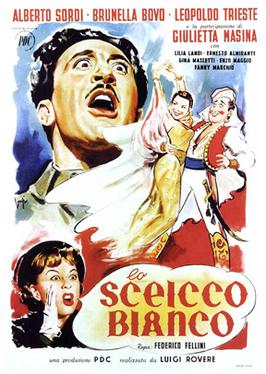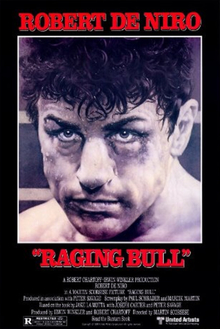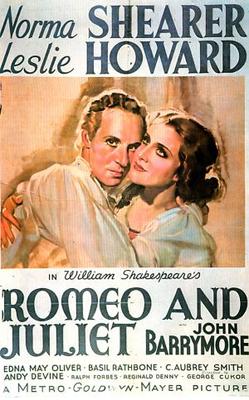 |
| Soumitra Chatterjee in The World of Apu |
Aparna: Sharmila Tagore
Pulu: Swapan Mukherjee
Kajal: Alok Chakravarty
Sasinarayan: Dhiresh Majumdar
Landlord: Dhiren Ghosh
Director: Satyajit Ray
Screenplay: Satyajit Ray
Based on a novel by Bibhutibhushan Bandyopadhyay
Cinematography: Subrata Mitra
Music: Ravi Shankar
The exquisite conclusion to Ray's trilogy takes Apu into manhood. He leaves school, unable to afford to continue into university, and begins to support himself by tutoring while trying to write a novel. When his friend Pulu persuades him to go along to the wedding of his cousin, Aparna, Apu finds himself marrying her: The intended bridegroom turns out to be insane, and when her father and the other villagers insist that the astrological signs indicate that Aparna must marry someone, Apu, the only available male, is persuaded, even though he regards the whole situation as nonsensical superstition, to take on the role of bridegroom. (It's a tribute to both the director and the actors that this plot turn makes complete sense in the context of the film.) After a wonderfully awkward scene in which Apu and Aparna meet for the first time, and another in which Aparna, who has been raised in comparative luxury, comes to terms with the reality of Apu's one-room apartment, the two fall deeply in love. But having returned to her family home for a visit, Aparna dies in childbirth. Apu refuses to see his son, Kajal, blaming him for Aparna's death and leaving him in the care of the boy's grandfather. He spends the next five years wandering, working for a while in a coal mine, until Pulu finds him and persuades him to see the child. As with Pather Panchali and Aparajito, The World of Apu (aka Apur Sansar) stands alone, its story complete in itself. But it also works beautifully as part of a trilogy. Apu's story often echoes that of his own father, whose desire to become a writer sometimes set him at odds with his family. When, in Pather Panchali, Apu's father returns from a long absence to find his daughter dead and his ancestral home in ruins, he burns the manuscripts of the plays he had tried to write. Apu, during his wanderings after Aparna's death, flings the manuscript of the novel he had been writing to the winds. And just as the railroad train figures as a symbol of the wider world in Pather Panchali, and as the means to escape into it in Aparajito, it plays a role in The World of Apu. Instead of being a remote entity, it's present in Apu's own backyard: His Calcutta apartment looks out onto the railyards of the city. Adjusting to life with Apu, Aparna at one point has to cover her ears at the whistle of a train. Apu's last sight of her is as she boards a train to visit her family. And when he reunites with his son, he tries to play with the boy and a model train engine. The glory of this film is that it has a "happy ending" that is, unlike most of them, completely earned and doesn't fall into false sentiment. I don't use the world "masterpiece" lightly, but The World of Apu, both alone and with its companion films, seems to me to merit it.








